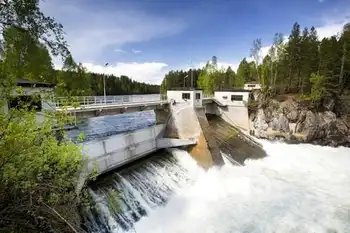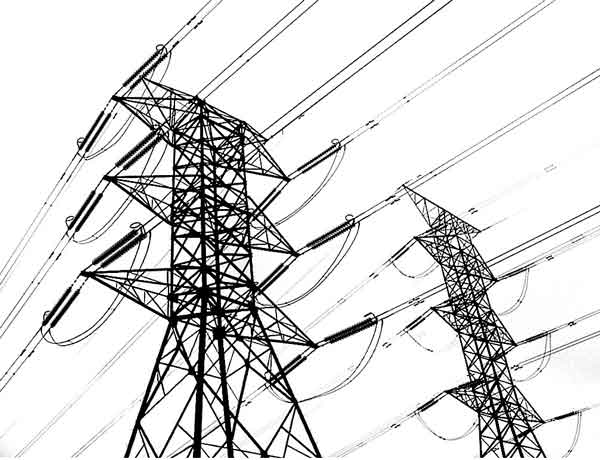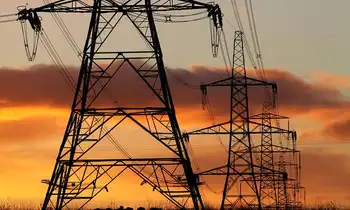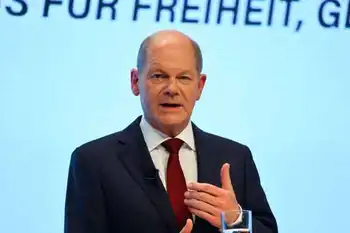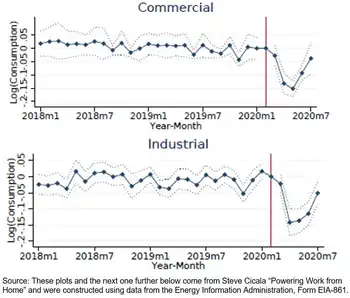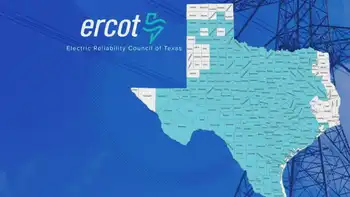Western administrator approves RTO membership
By Western Area Power Administration
NFPA 70e Training - Arc Flash
Our customized live online or in‑person group training can be delivered to your staff at your location.

- Live Online
- 6 hours Instructor-led
- Group Training Available
In signing the decision Gabriel said, “Western manages our assets, $4 billion strong, to ensure they are deployed wisely for our customers and for the nation to keep the power flowing safely and reliably to more than 40 million Americans. Effectively managing our resources is central to our success."
"Our comprehensive and rigorous Alternative Operations Study showed joining the Southwest Power Pool supports our Mission to market and deliver clean, renewable, reliable, cost-based federal hydroelectric power and related services yielding significant economic benefits under the unique circumstances in the Upper Great Plains," Gabriel continued.
"This business-based decision is in concert with our Vision and our Strategic Roadmap 2024, helping us keep costs low and efficiently serving our customers in the Upper Great Plains Region. We are extremely pleased with the process, spirit of cooperation and consideration by all of the SPP staff and members in helping us make this decision,” Gabriel concluded.
Western’s Upper Great Plains Regional Manager Robert Harris added, “Due to the unique marketing and transmission footprint and the growth of organized markets around Western’s Upper Great Plains Region, we have faced increasing constraints and costs to reliably deliver low-cost, cost-based, hydro power to our firm power customers. We particularly appreciate the involvement and support of our customers in the process to reach this decision as well as the significant work by SPP, its members, committees and staff. SPP's dedication and tenacity to find solutions benefiting all members is apparent. We look forward to being full and active participants in SPP.”
The approval is contingent upon Federal Energy Regulatory Commission approval of the SPP tariff changes without significant modification to the negotiated provisions that allow Western to ensure compliance with statutory and regulatory requirements and continue to provide reliable, cost-based hydropower to its customers consistent with sound business principles. SPPÂ’s tariff changes are expected to be filed in early August. Implementation will begin on a concurrent track, with full membership anticipated by October 2015.
The Upper Great Plains Region markets Pick-Sloan Missouri Basin—Eastern Division power and energy to preference customers in Montana east of the Continental Divide, North Dakota, South Dakota, western Minnesota and Iowa and eastern Nebraska. Western operates the Integrated Transmission System, which is owned by Western, Basin Electric Power Cooperative, and Heartland Consumers Power District.
The Upper Great Plains Region and the other IS owners have studied several forms of potential regional transmission organization participation since the 1990s. Beginning in 2001, the IS participants began to evaluate potential options of joining SPP, joining the Midcontinent Independent System Operator, or continuing operations on a stand-alone basis. These studies identified the option to join SPP as having the most benefit and the least risk.





